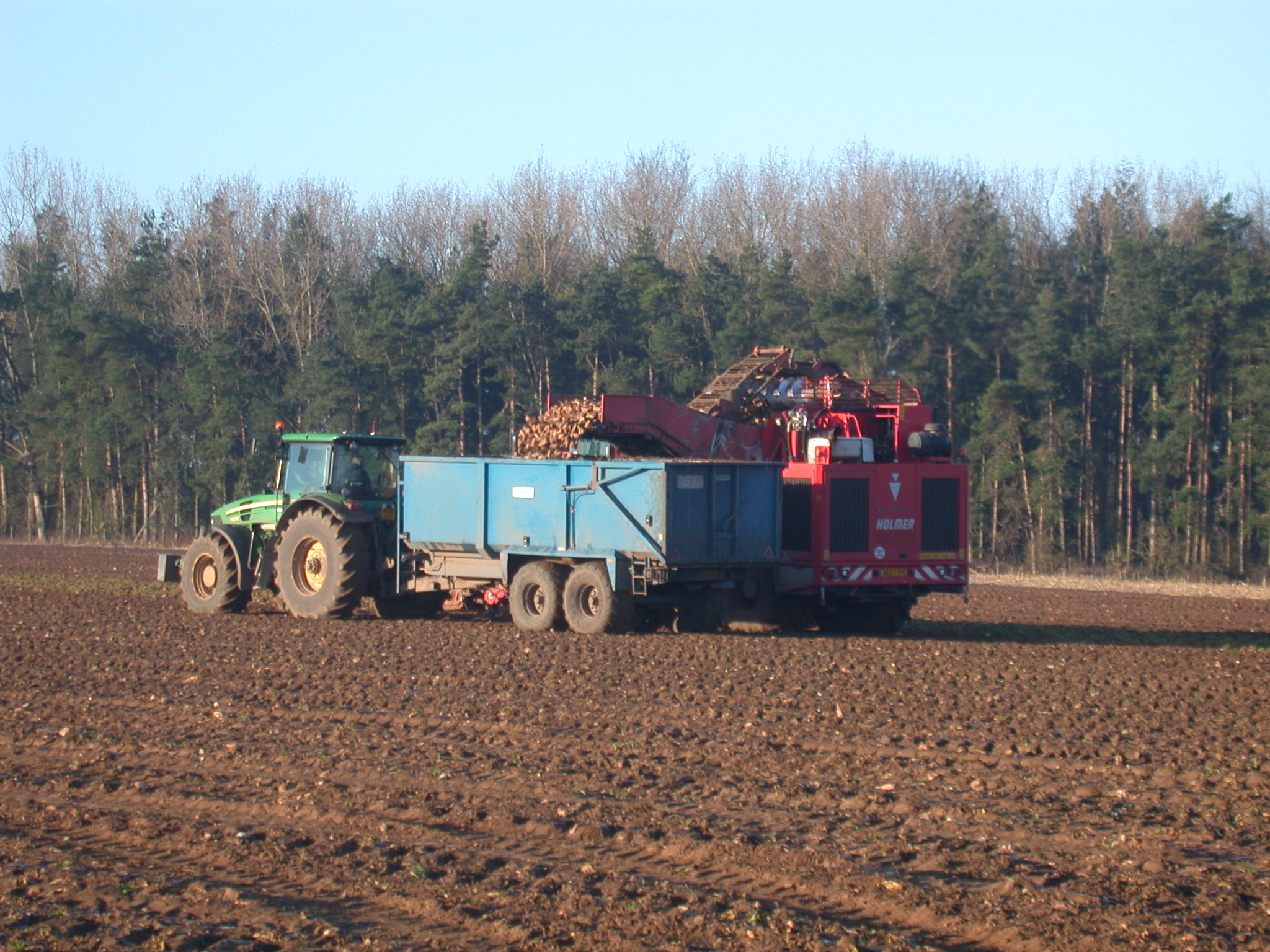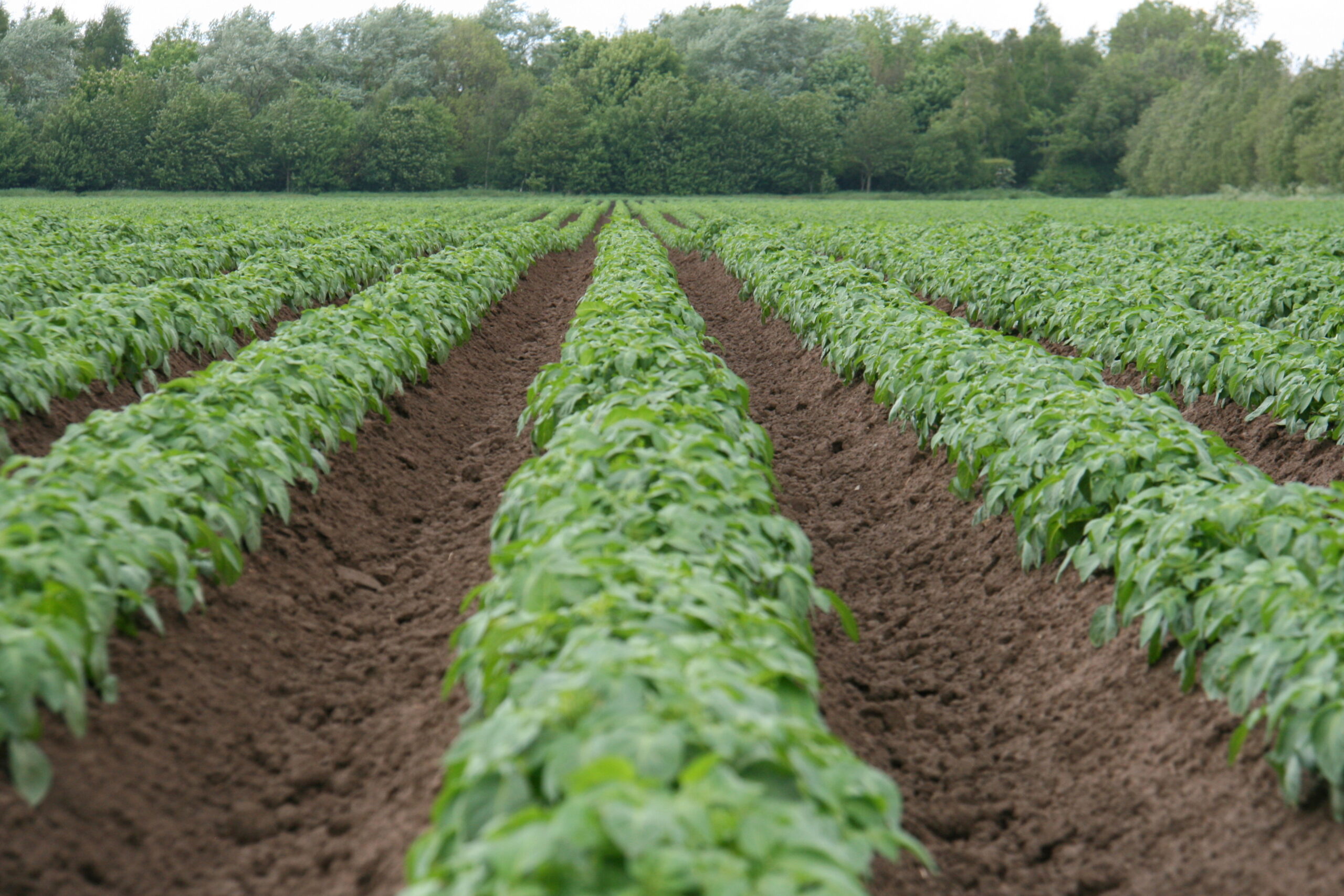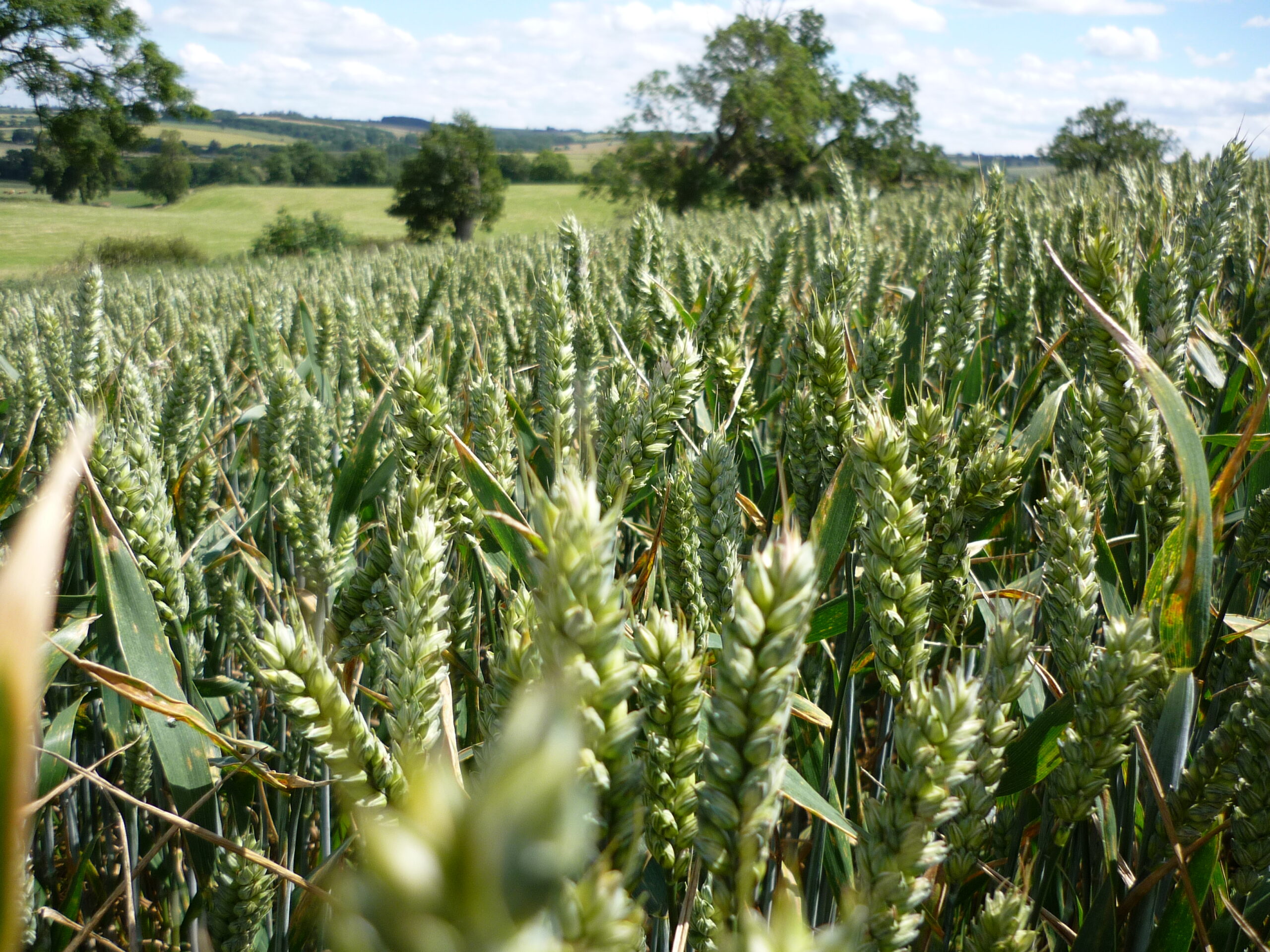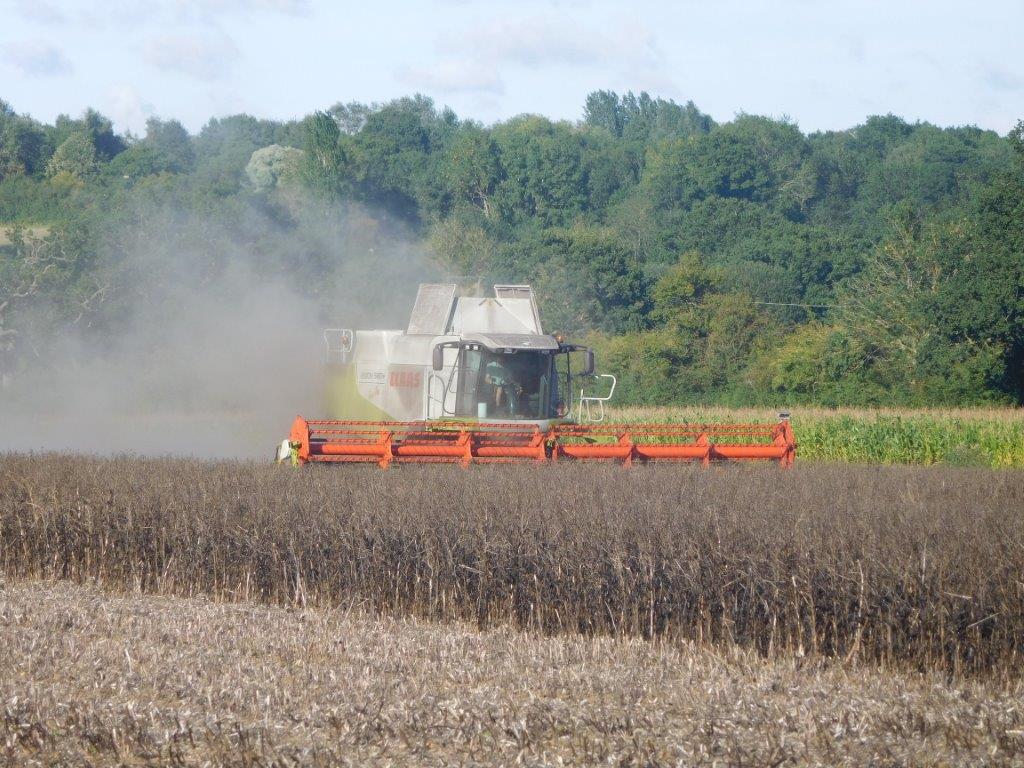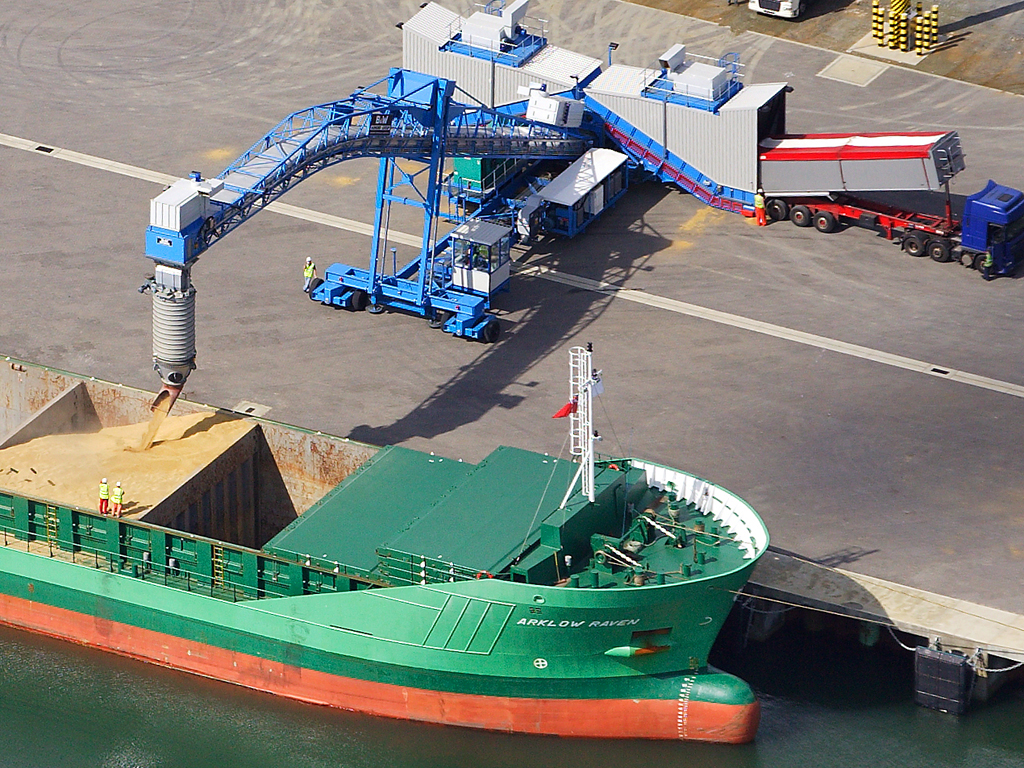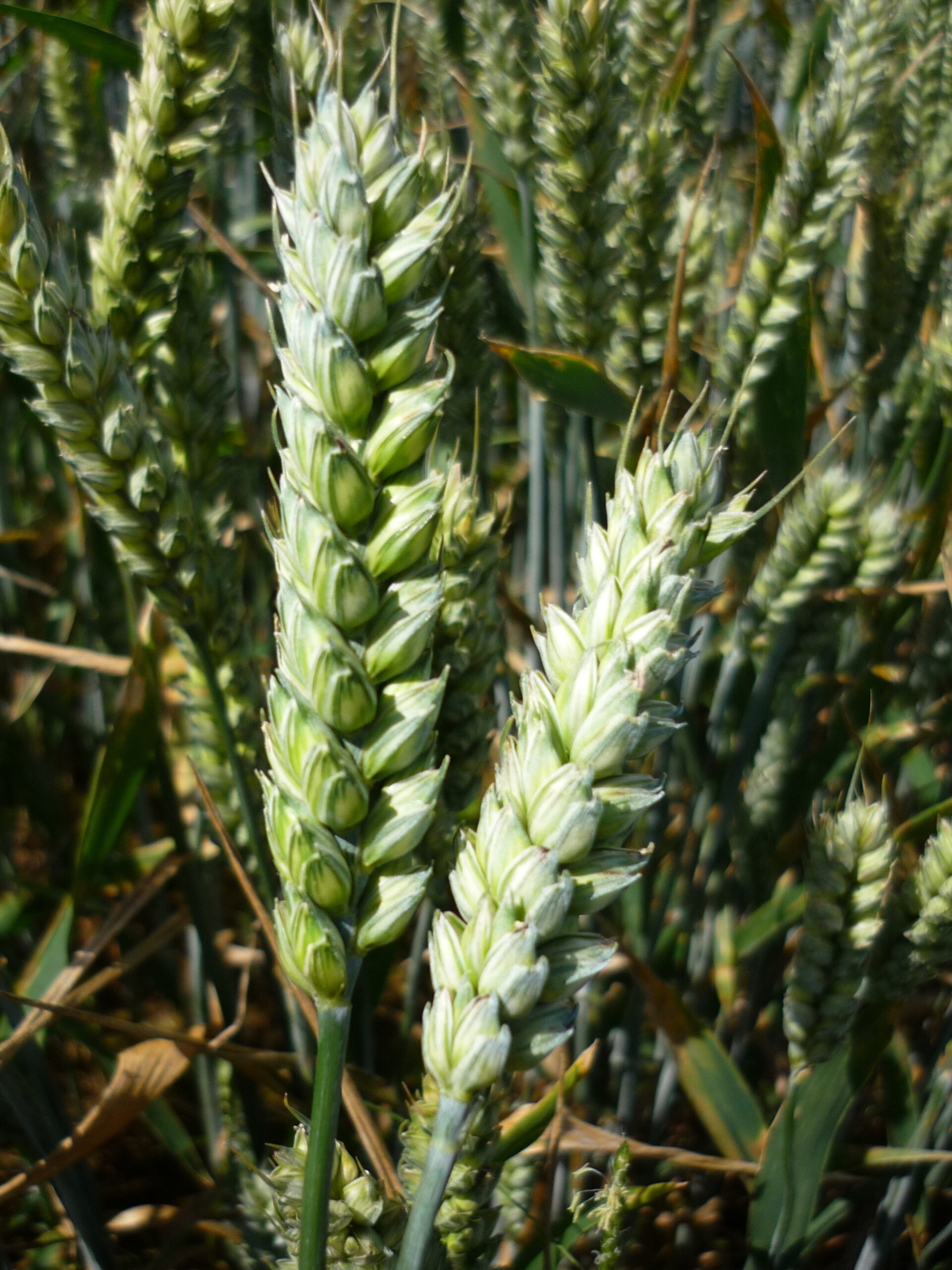Arable profits look set to remain solid for the coming harvest, and even the one after, as long as Brexit does not cause too much upheaval. These are the results of the latest update of Andersons Loam Farm model, prepared for the Cereals Event.
Loam Farm is a notional business, located in East Anglia, which has been running since 1991 and tracks the fortunes of arable farming. It comprises a 600 hectare (1,480 acre) combinable crop farm running a simple rotation of milling wheat, WOSR, feed wheat, and spring beans. Of the cropped area, 240 Ha are owned and 360 Ha rented on FBTs. There is a working proprietor plus one full-time man and harvest casual. The table below shows the results for the 2017 and 2018 harvests, a budget for the upcoming 2019 season, and a forecast for 2020.
| Loam Farm Model – source The Andersons Centre |
| £/Ha Harvest Year – |
2017
|
2018 |
2019 |
2020
|
| Output |
1,205
|
1,205 |
1,243 |
1,287
|
| Variable Costs |
395
|
403 |
439 |
449
|
| Gross Margin |
810
|
802 |
804 |
838
|
| Overheads |
413
|
421 |
442 |
443
|
| Rent & Finance |
243
|
242 |
238 |
238
|
| Drawings |
77
|
79 |
79 |
79
|
| Margin from Production |
77
|
61 |
45 |
78
|
| Basic Payment |
228
|
228 |
226 |
219
|
| Business Surplus |
305
|
289 |
271 |
297
|
The 2017 harvest delivered robust profits with both prices and yields good – this was an improvement on 2016 when a negative margin from production was seen. Variable costs were at low levels for 2017 because fertiliser was bought well. In 2018, yields were affected by the drought, but higher prices compensated for this. Extra costs meant that returns declined slightly.
For the upcoming 2019 harvest, yields from the wheat and beans are forecast to revert to normal levels. However, output of the oilseed rape is set to fall due to poor establishment and pest problems. With reasonably robust crop prices, output is up a little on 2018 but overall profitability falls as costs, once again, increase.
The current budget for harvest 2020 is based on prices remaining around current levels (this is heavily dependent on the outcome of Brexit and/or movement in exchange rates). Output increases because it is assumed that oilseed rape yields will recover – it is not yet clear whether the 2019 season was just a ‘blip’ or heralds a fundamental issue with the crop. Overall, profit remains positive, and similar to the relatively stable situation seen for the previous three years. However, this is contingent on an ‘orderly’ Brexit, should there be a ‘No Deal’ outcome, then the prospects would be reduced.
The Loam Farm figures show that combinable crop farming has had a run of good profitability, that could well continue in the short-term. However, this is more to do with external factors, not least the weakness of Sterling, rather than the fundamental strength of the business. With the phase-out of the BPS over the next decade, and any market changes that Brexit might bring, the longer-term outlook is far more uncertain.
